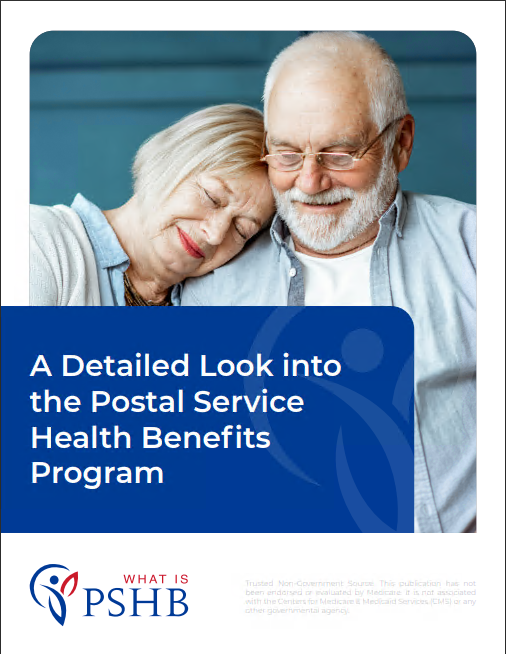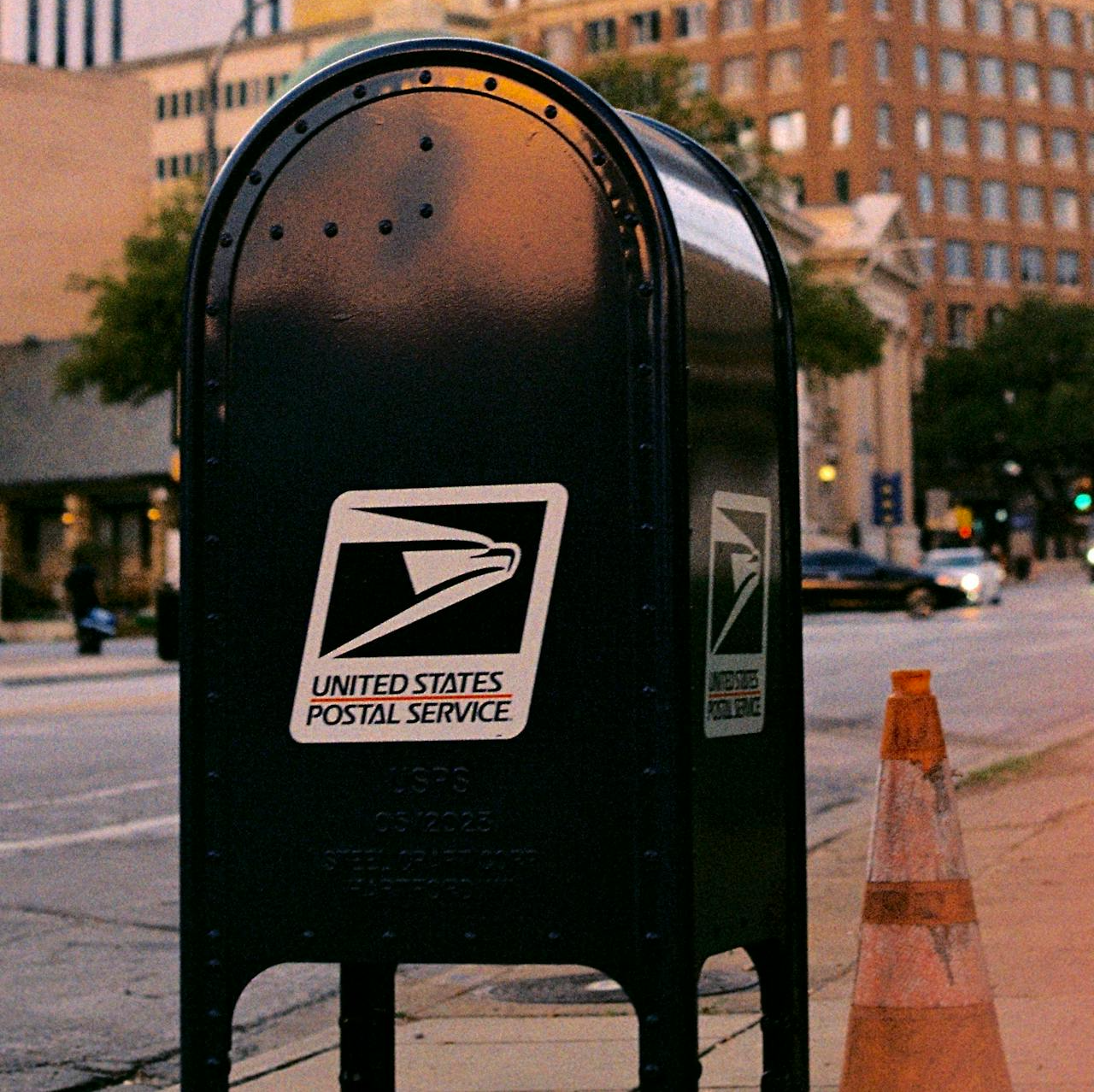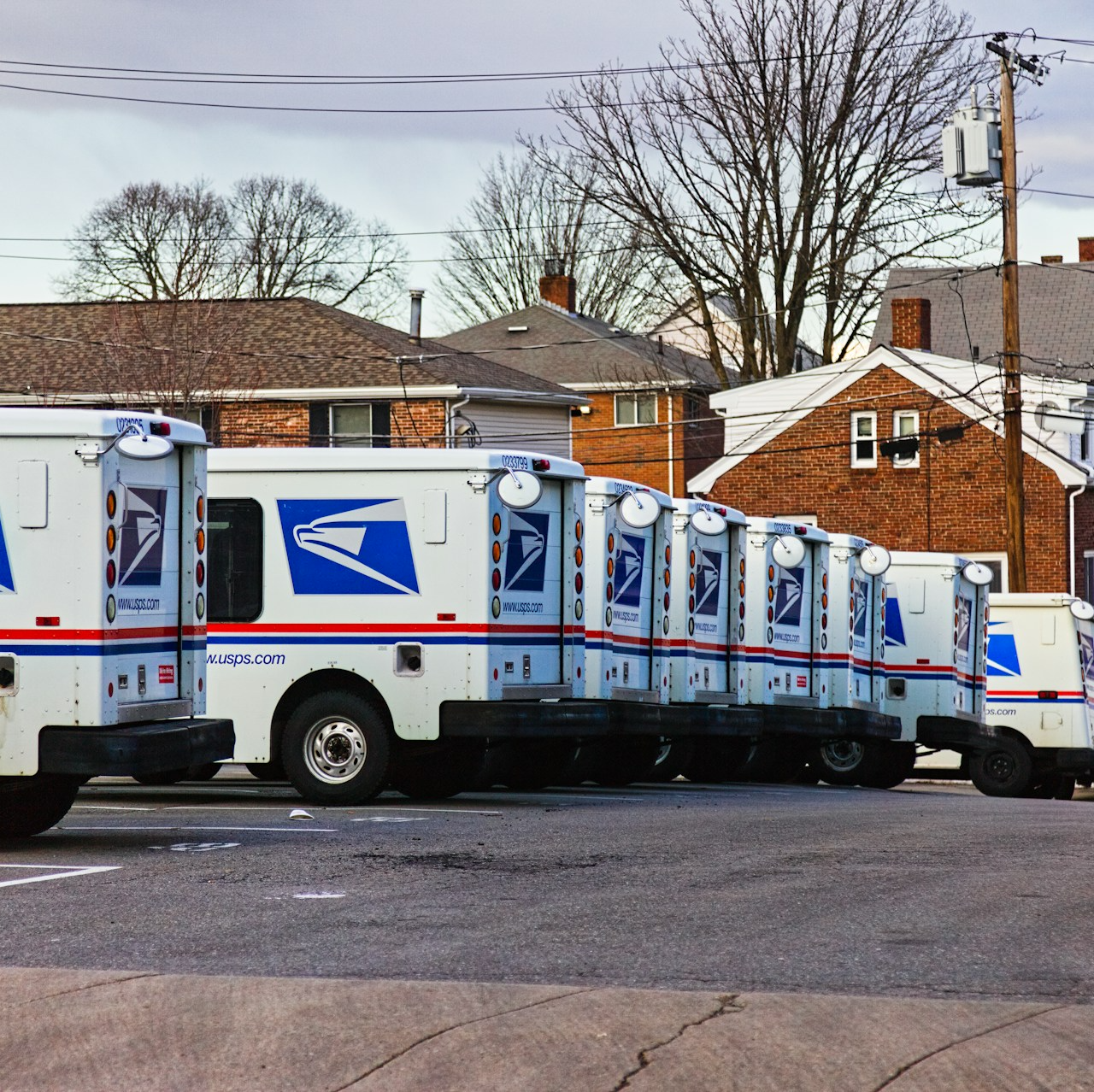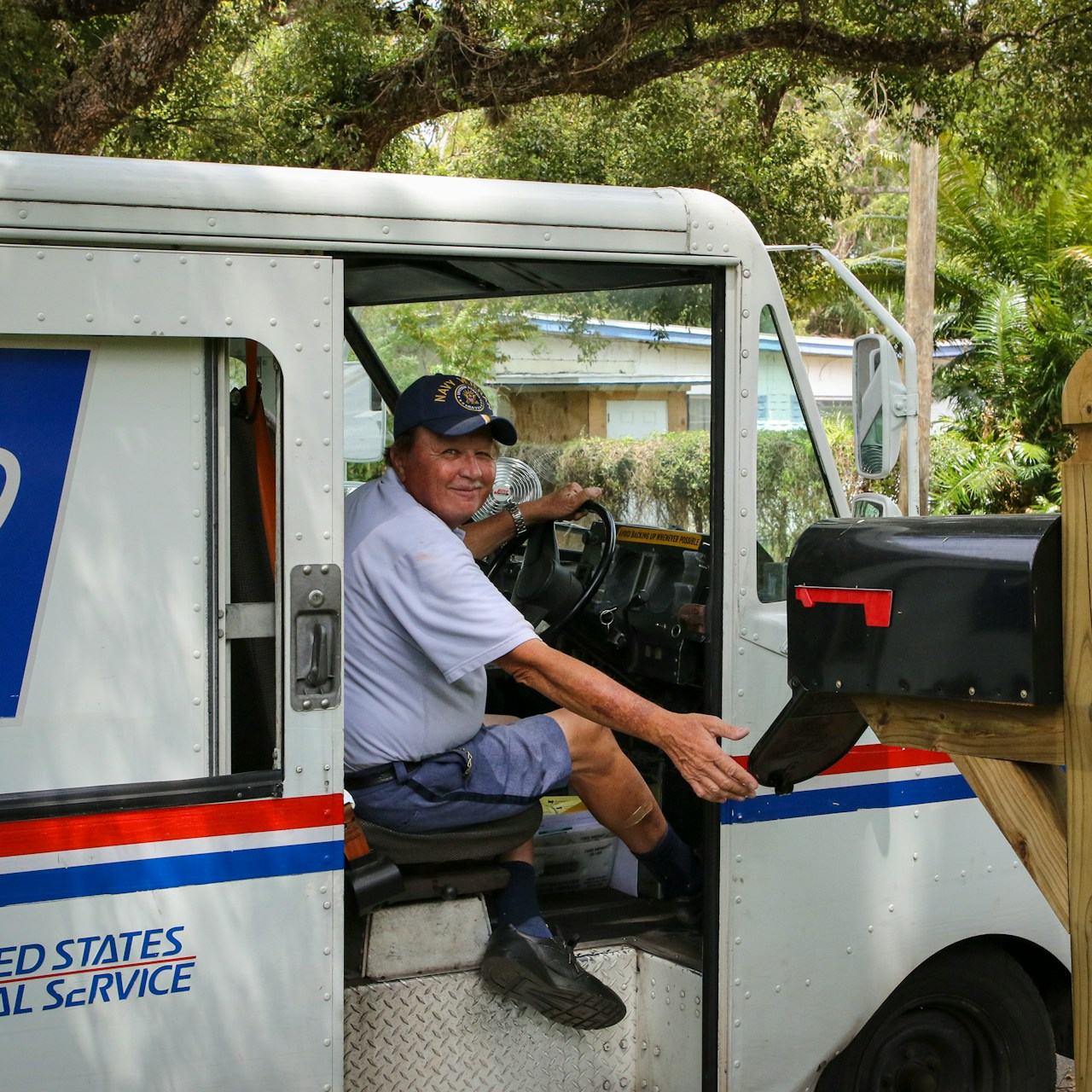Key Takeaways
-
The Postal Service Health Benefits (PSHB) program is set to significantly reshape the health insurance landscape for postal workers starting in 2025, affecting coverage options and processes.
-
Understanding the upcoming changes and preparing for the transition can help postal workers maintain their desired health benefits without disruptions.
How PSHB Is Changing the Game for Postal Workers’ Health Benefits in 2025
The U.S. Postal Service (USPS) is undergoing one of its most significant shifts in employee benefits with the introduction of the Postal Service Health Benefits (PSHB) program, set to take effect in 2025. This program, established under the Postal Service Reform Act (PSRA) of 2022, will replace the current Federal Employees Health Benefits (FEHB) program for postal workers. As this transition looms, it is crucial for postal employees, retirees, and their families to understand the changes, prepare for the new enrollment process, and make informed decisions regarding their health insurance coverage.
What is the Postal Service Health Benefits (PSHB) Program?
The PSHB program was designed to address the unique needs of postal workers, separating their health insurance from the broader federal workforce while ensuring that they still receive comprehensive and competitive health benefits. The new program will offer similar benefits to those available under the FEHB program but will be specifically tailored to the postal workforce. This change aims to streamline costs and improve the sustainability of the USPS while maintaining a high standard of health coverage for its employees.
One of the most significant aspects of PSHB is that it will require active postal employees and annuitants to enroll in Medicare Parts A and B upon reaching the age of 65. This integration with Medicare is intended to reduce the overall cost of providing health benefits by shifting a portion of the expense to Medicare, a strategy that is expected to yield substantial savings for the USPS.
The Impact on Postal Workers
How Will PSHB Affect Health Coverage?
For postal workers, the transition to PSHB will bring about several changes in their health insurance coverage. Most notably, all current postal employees, retirees, and their dependents will need to select a new health plan from the PSHB program during the 2024 Open Season, with coverage beginning in January 2025. This shift will require postal workers to reassess their current health needs, compare the new PSHB plans, and choose the option that best suits their situation.
The PSHB program is designed to offer similar levels of coverage to what employees currently receive under FEHB. However, since it is a new program, there may be differences in plan options, provider networks, and out-of-pocket costs. It is essential for postal workers to review these details carefully to avoid any surprises when the new coverage begins.
Will PSHB Enrollment Be Mandatory?
Yes, enrollment in the PSHB program will be mandatory for all eligible postal workers, retirees, and their dependents. This requirement ensures that all postal employees are covered under the same system, which is expected to simplify administration and reduce overall costs for the USPS.
However, the mandatory enrollment also means that individuals who do not actively choose a plan during the Open Season will be automatically enrolled in a default plan. This makes it critical for postal workers to participate in the enrollment process actively to select the plan that best fits their needs.
Preparing for the Transition
What Should Postal Workers Do Now?
As the 2025 deadline approaches, postal workers should begin preparing for the transition to the PSHB program. Here are some steps they can take:
-
Stay Informed: USPS will likely provide regular updates and informational resources about the PSHB program. Workers should keep an eye on these communications to stay informed about important dates, plan options, and the enrollment process.
-
Evaluate Current Coverage: Postal workers should review their current FEHB coverage to understand what benefits they are receiving and what they may need from a PSHB plan. This will help them make more informed decisions when choosing a new plan.
-
Attend Information Sessions: USPS is expected to offer information sessions, webinars, and other educational resources to help employees understand the PSHB program. Attending these sessions can provide valuable insights and answer any questions workers may have about the new program.
-
Consult with a Licensed Insurance Agent: For personalized advice, postal workers may want to consult with a licensed insurance agent who can help them compare PSHB plans and choose the best option based on their individual health needs and financial situation.
How Will Medicare Enrollment Work with PSHB?
A significant change for postal workers under the PSHB program is the requirement to enroll in Medicare Parts A and B upon reaching age 65. This integration with Medicare is a key component of the cost-saving strategy for the USPS. Postal workers who are already 65 or older will need to ensure they are enrolled in both Medicare Parts A and B to avoid any gaps in coverage.
For those approaching Medicare eligibility, it will be important to understand the enrollment timelines and the potential impact on their health benefits. Workers should be aware that failing to enroll in Medicare could result in penalties or higher costs, and they may be automatically enrolled in a PSHB plan that coordinates with Medicare.
Challenges and Considerations
What Are the Potential Challenges with PSHB?
While the PSHB program is designed to provide continuity of care and comprehensive coverage, there are potential challenges that postal workers should be aware of:
-
Plan Selection: With the introduction of new PSHB plans, postal workers may face difficulties in selecting the right plan, especially if they are accustomed to their current FEHB coverage. It will be crucial to carefully compare the benefits, provider networks, and costs of each plan.
-
Medicare Integration: The requirement to enroll in Medicare Parts A and B may pose a challenge for some postal workers, particularly those who are unfamiliar with Medicare or who have delayed enrollment. Understanding how Medicare interacts with PSHB will be key to avoiding coverage issues.
-
Potential Costs: Although the PSHB program aims to provide similar coverage to FEHB, there may be differences in out-of-pocket costs, premiums, and other expenses. Postal workers should be prepared for potential changes in their health care costs.
How Can Postal Workers Minimize Disruptions?
To minimize disruptions during the transition to the PSHB program, postal workers can take several proactive steps:
-
Plan Ahead: Start researching PSHB plans as soon as information becomes available. This will give postal workers ample time to compare options and make informed decisions.
-
Seek Help: Don’t hesitate to seek help from USPS resources, licensed insurance agents, or other experts who can provide guidance on navigating the new program.
-
Monitor Enrollment Deadlines: Missing an enrollment deadline could result in being placed in a default plan that may not meet an individual’s needs. Keeping track of key dates and acting promptly is essential.
Looking Ahead to 2025
The introduction of the PSHB program in 2025 marks a significant shift in how postal workers will manage their health benefits. While the program is designed to ensure that postal employees continue to receive quality health care coverage, the transition will require careful planning and active participation from workers and retirees.
How Will PSHB Affect Retirees?
Retirees will also be impacted by the shift to PSHB. For those already enrolled in FEHB, the transition will require them to select a new PSHB plan during the 2024 Open Season. Retirees who are 65 or older will need to ensure that they are enrolled in Medicare Parts A and B, as this will be a requirement under the new program.
For retirees who have delayed enrolling in Medicare, this transition could prompt a need to sign up to avoid higher costs or coverage gaps. It is important for retirees to stay informed and take action during the enrollment period to secure the coverage that best meets their needs.
What Are the Long-Term Implications?
In the long term, the PSHB program is expected to stabilize health care costs for the USPS while continuing to provide postal workers with comprehensive health benefits. By integrating with Medicare and creating a dedicated health benefits program for postal employees, the USPS aims to manage its financial obligations more effectively while ensuring that its workforce has access to quality health care.
However, as with any major change, there will be an adjustment period as workers and retirees adapt to the new system. Staying informed, planning ahead, and seeking assistance when needed will be key to navigating this transition successfully.
Moving Forward with PSHB
As 2025 approaches, the PSHB program represents both a challenge and an opportunity for postal workers. By understanding the changes, preparing for the transition, and actively participating in the enrollment process, postal employees and retirees can ensure that they continue to receive the health benefits they need while helping the USPS achieve its long-term goals.
Contact Information:
Email: [email protected]
Phone: 4635555678












